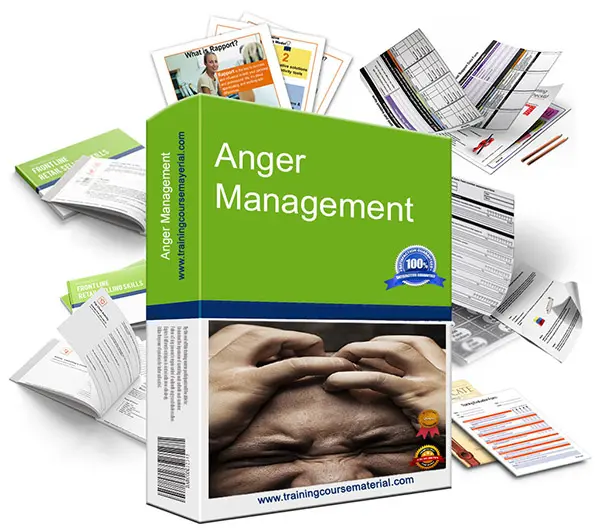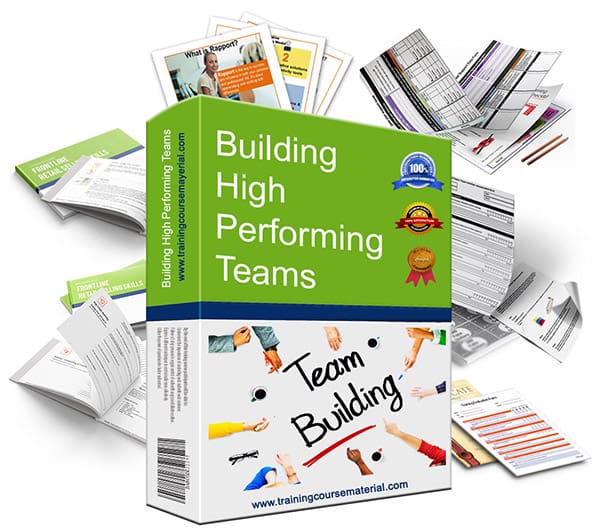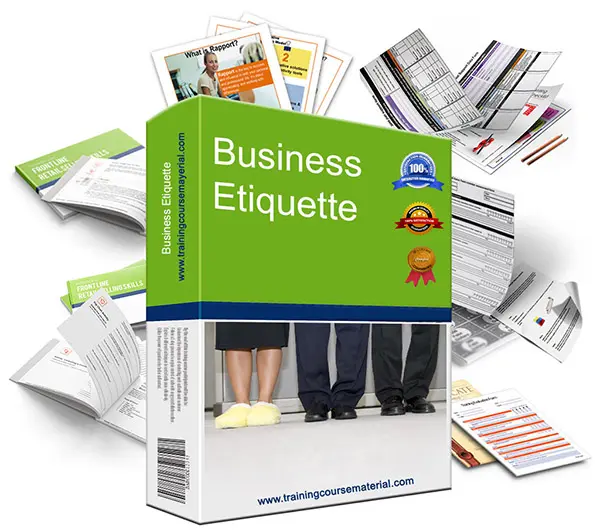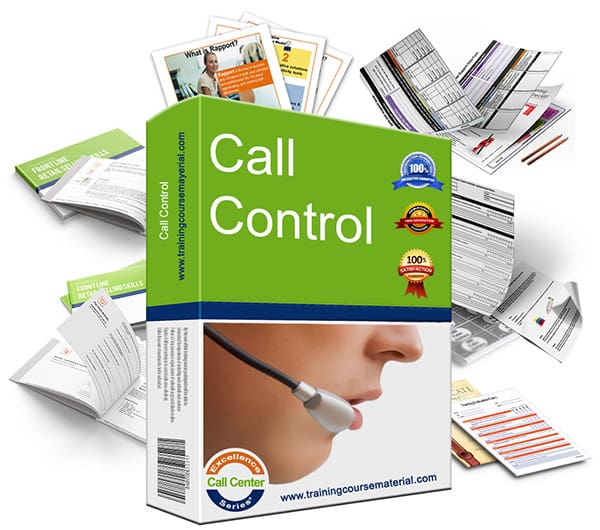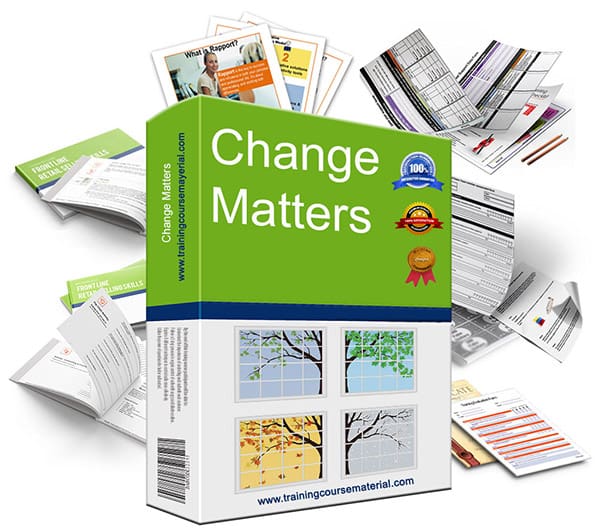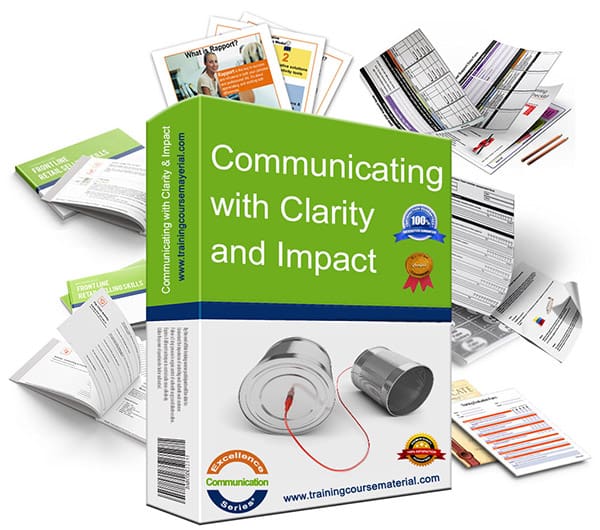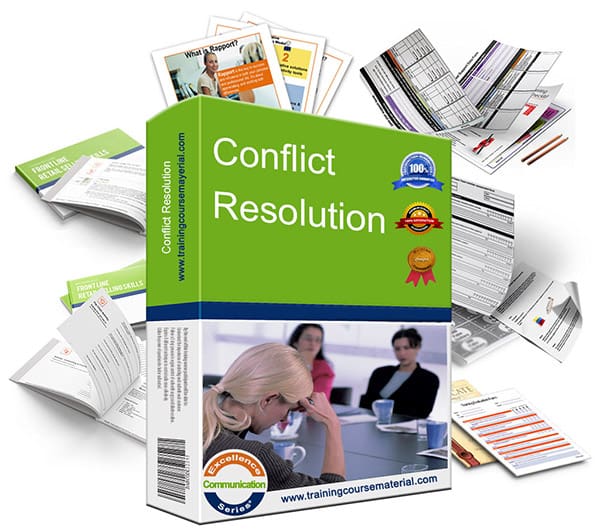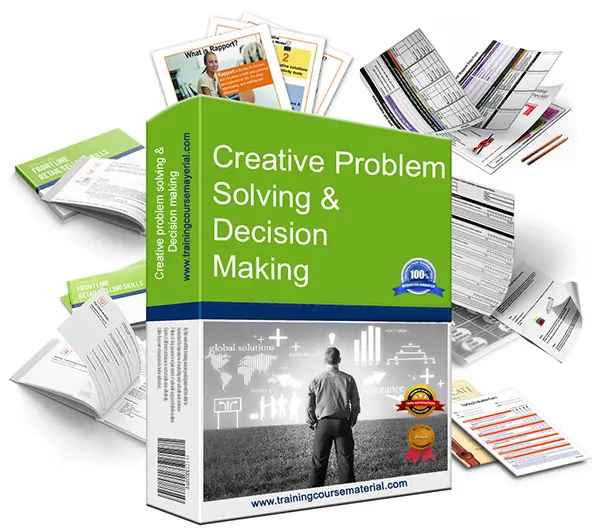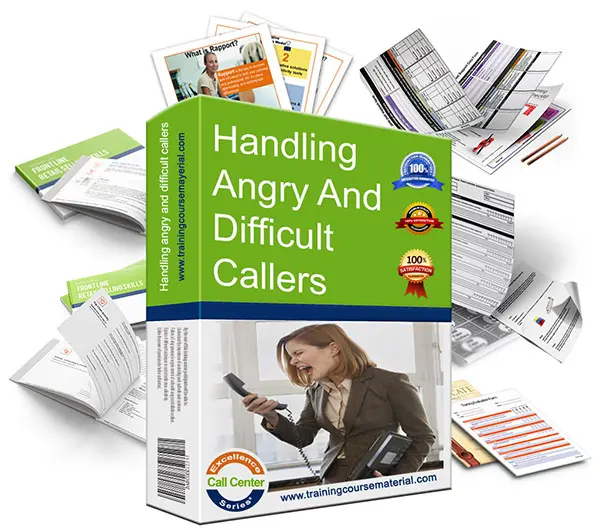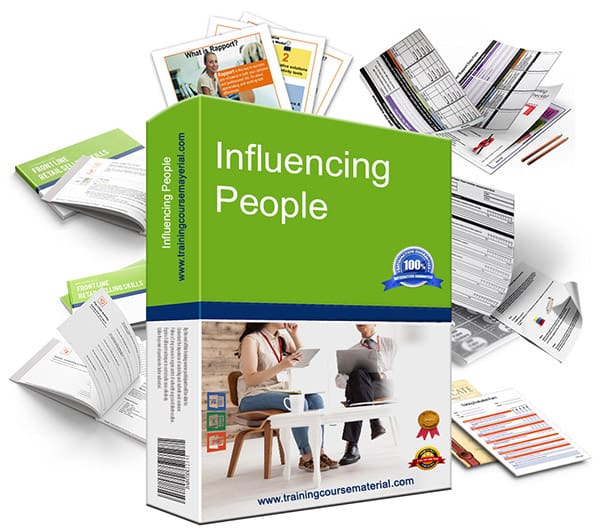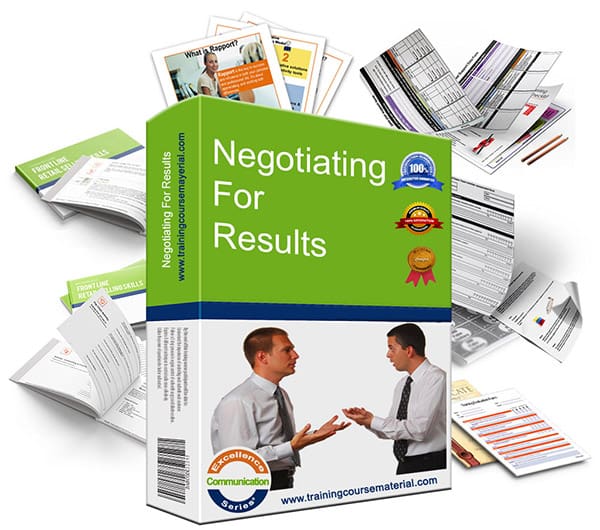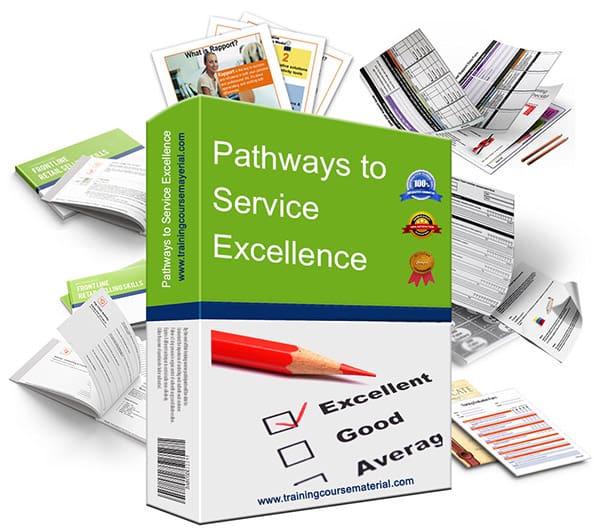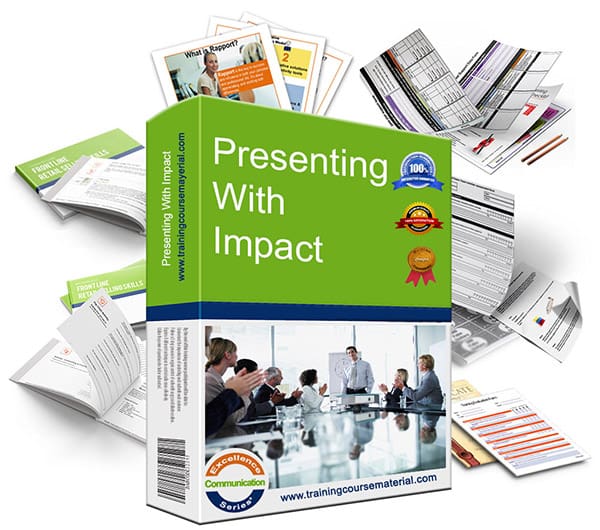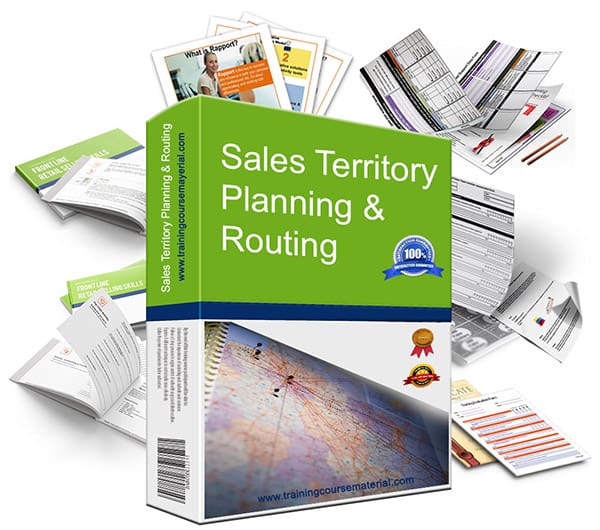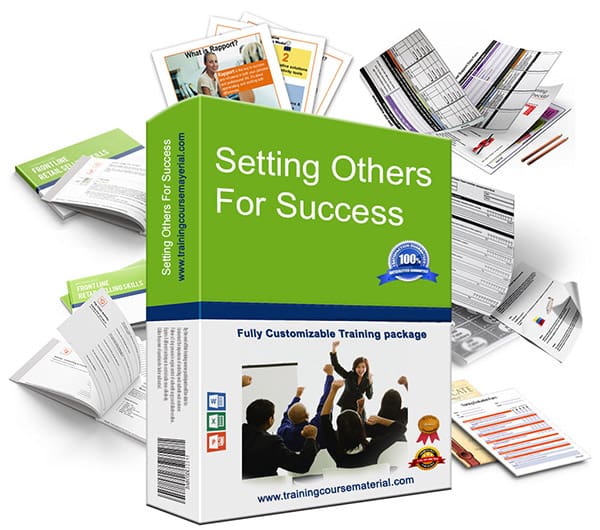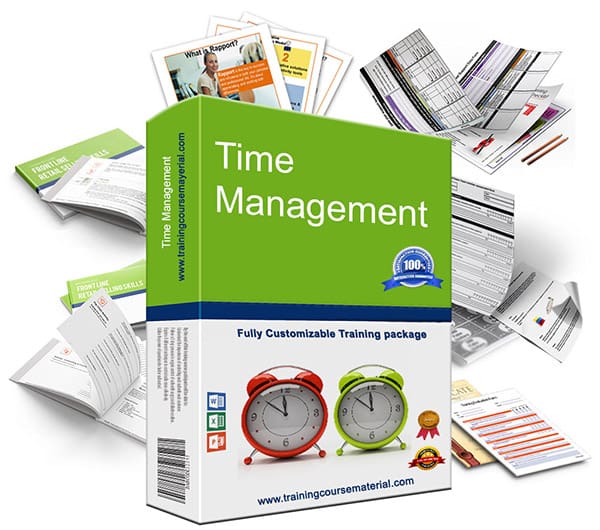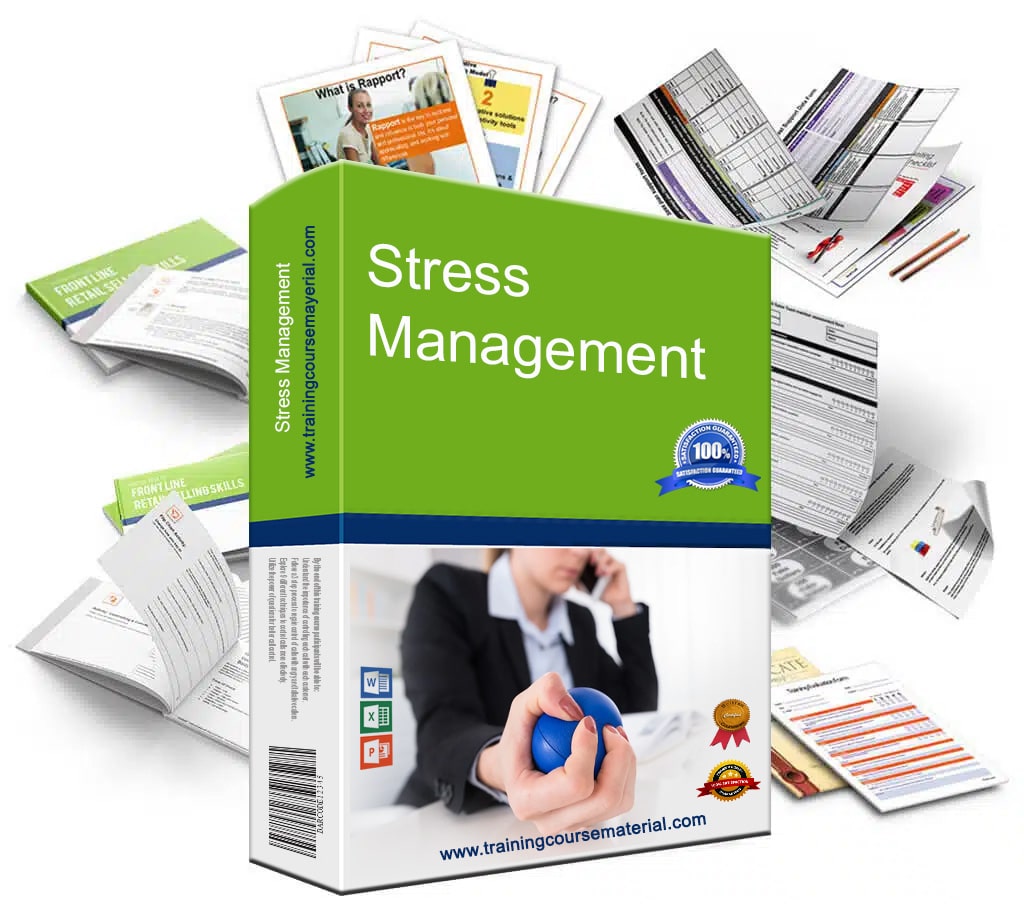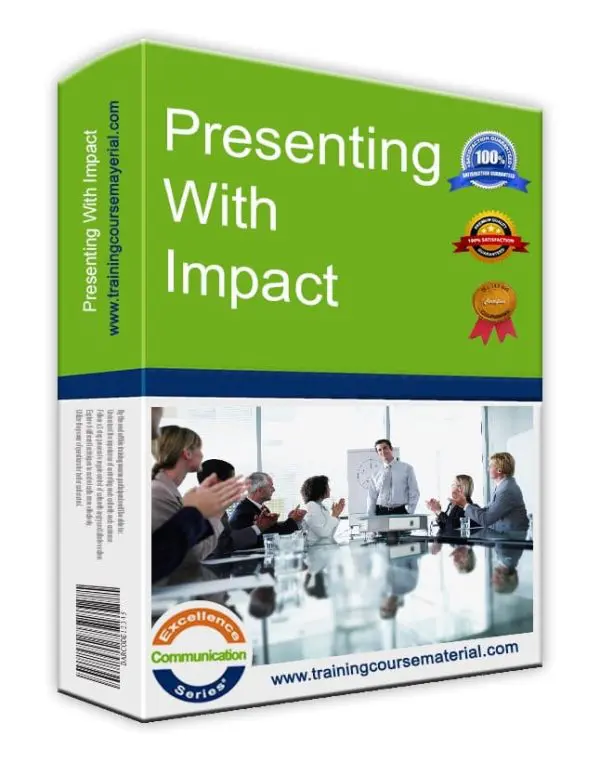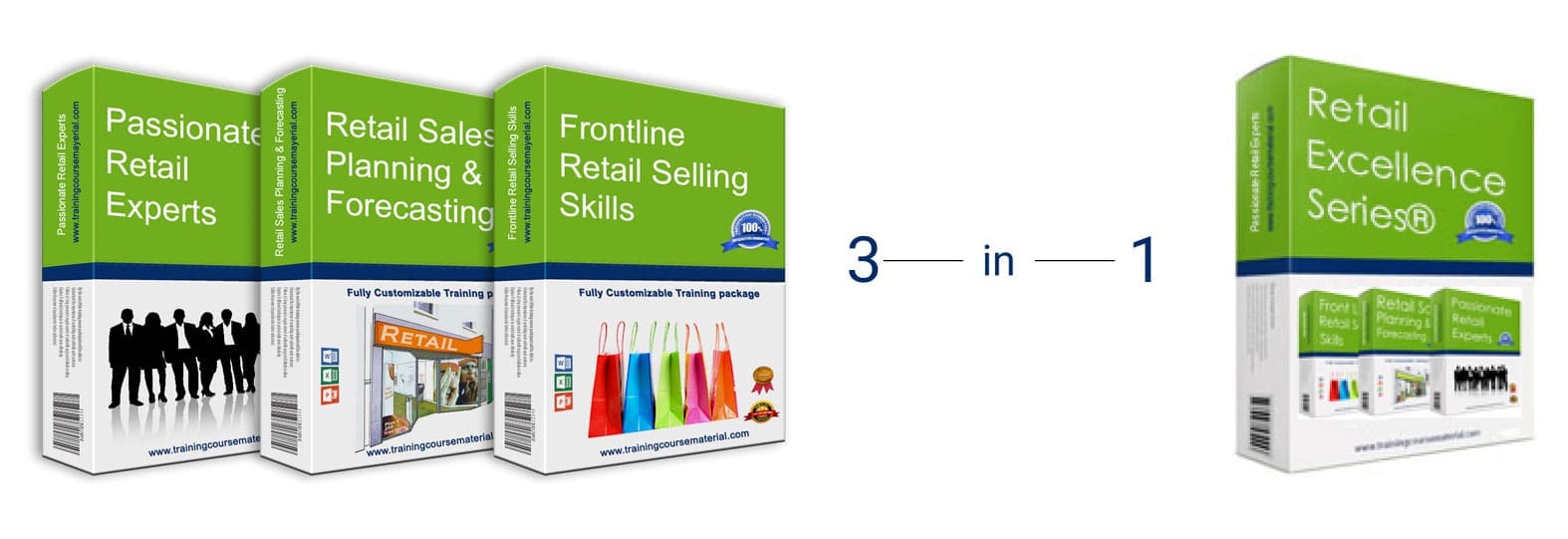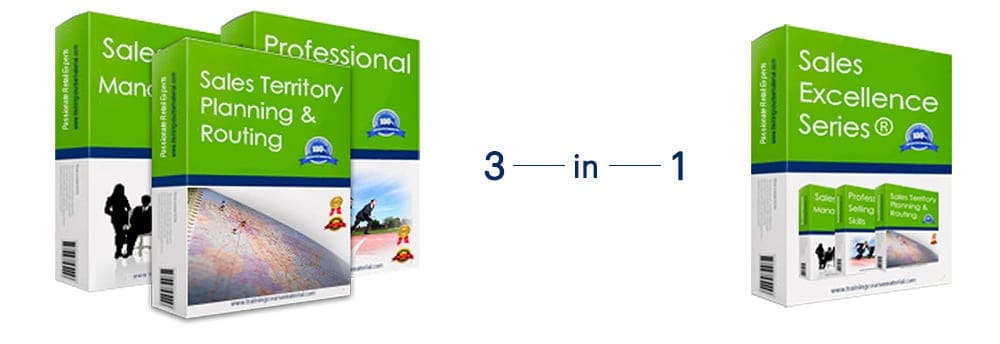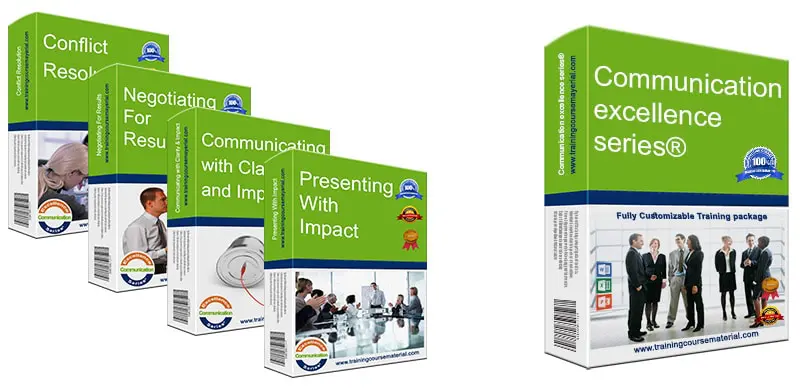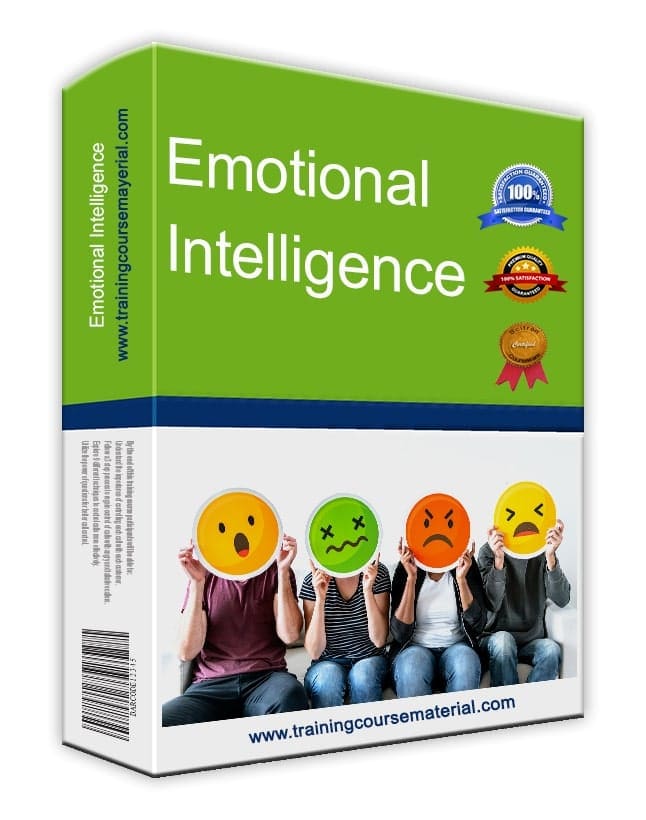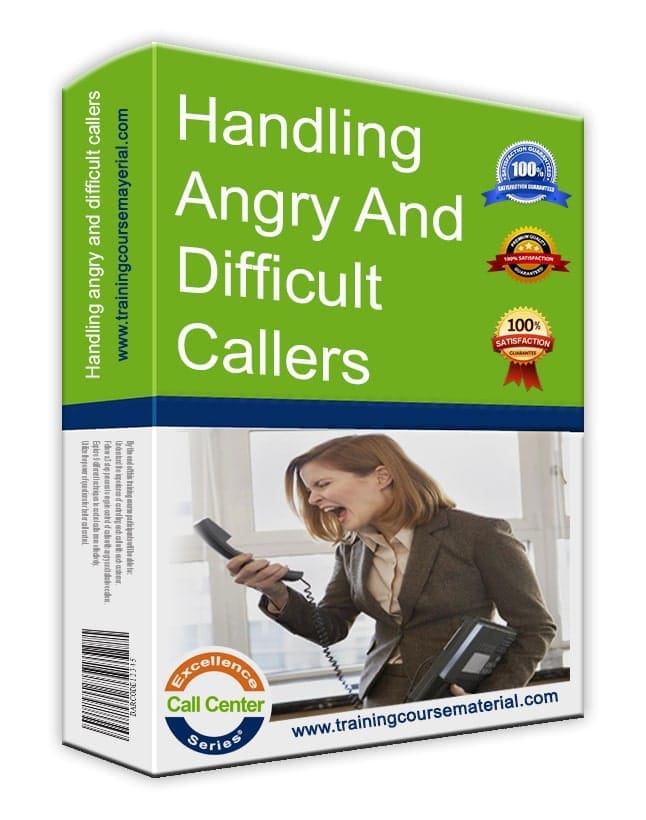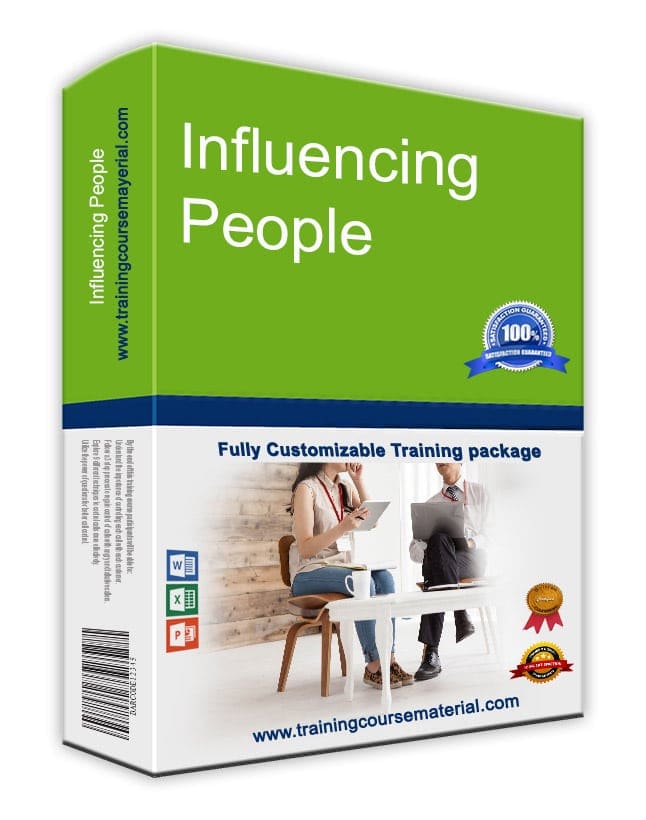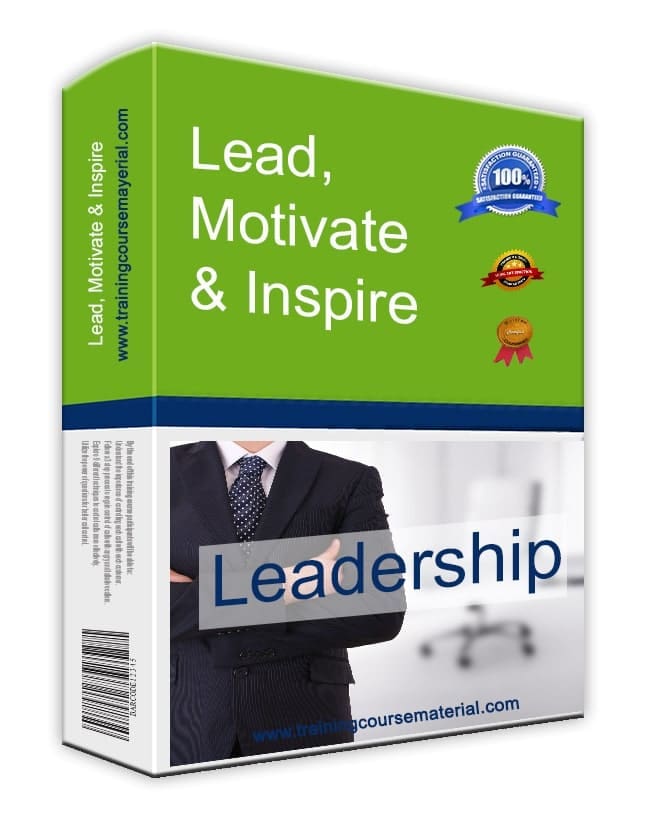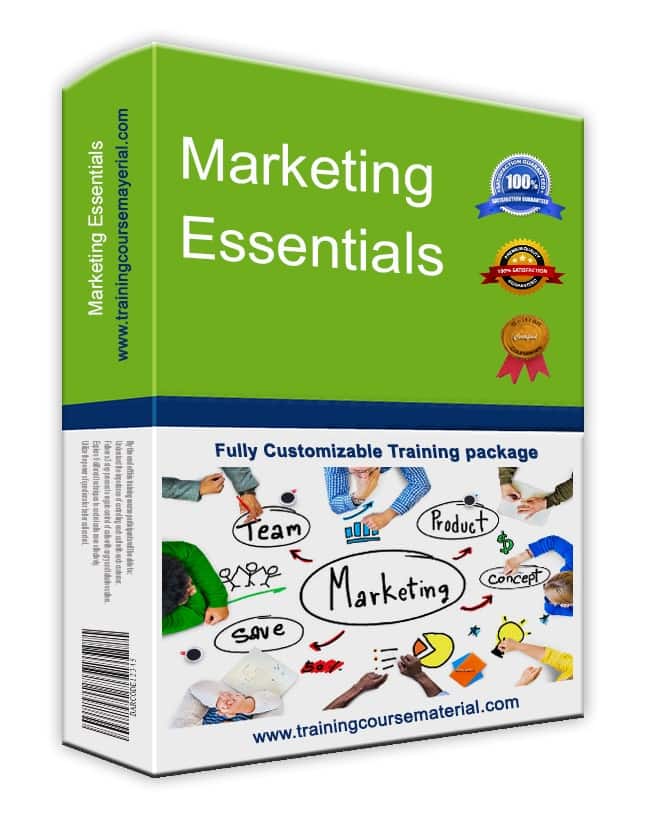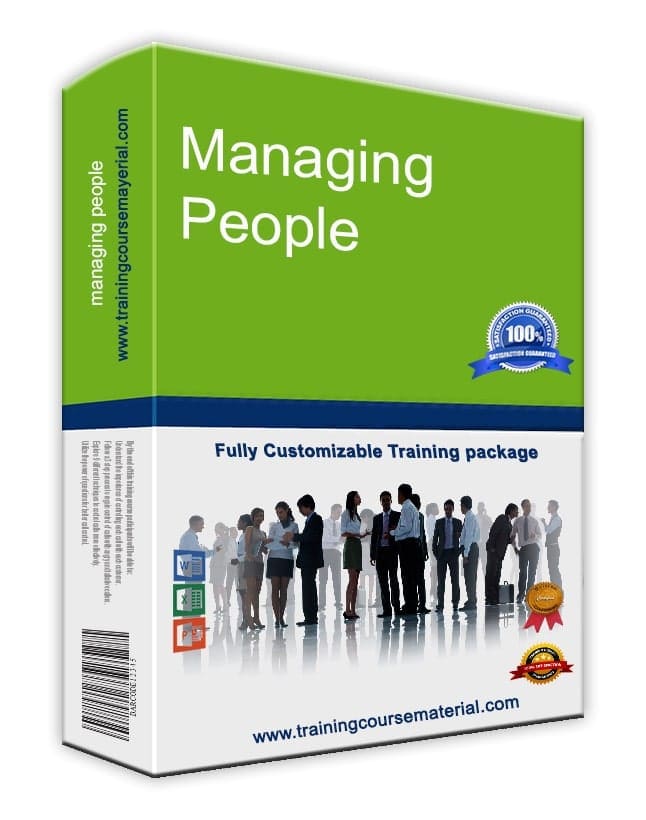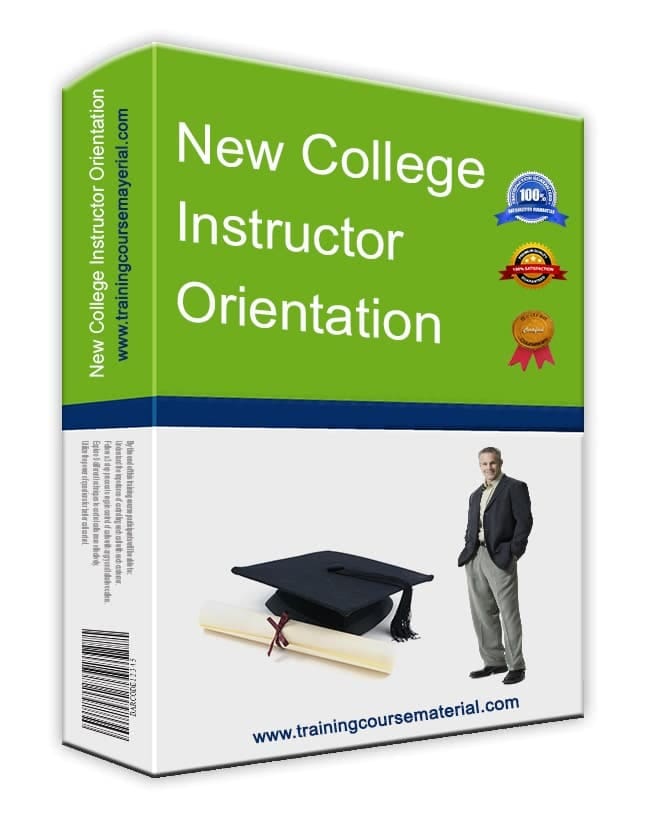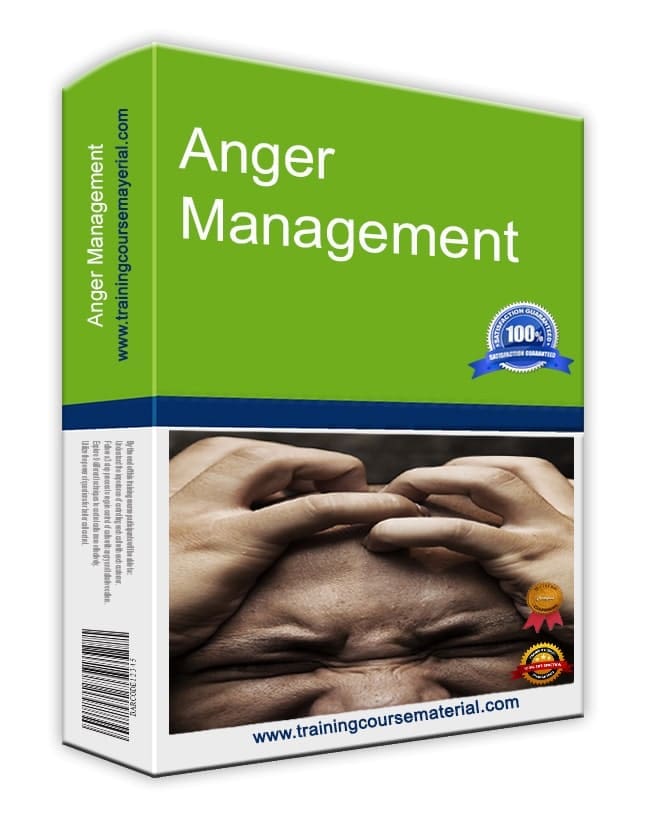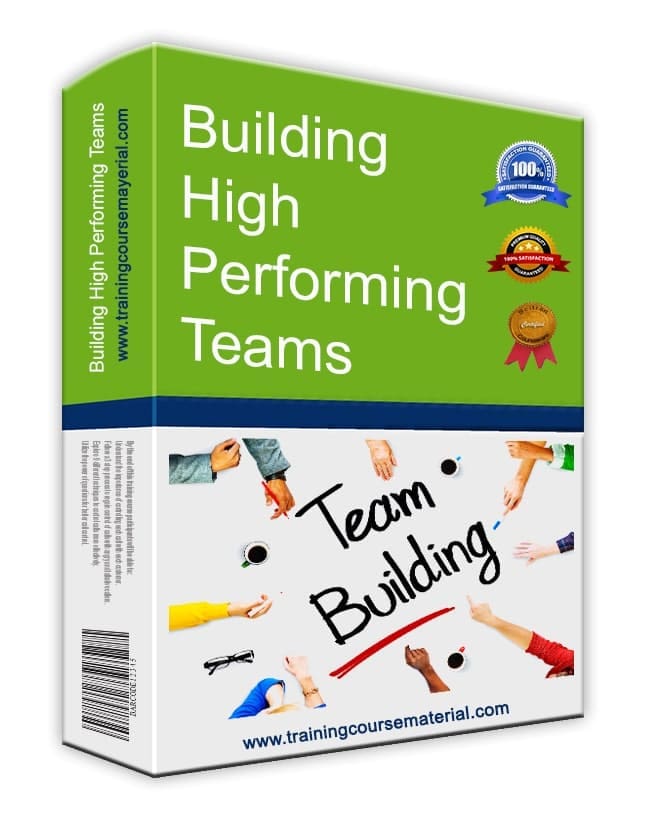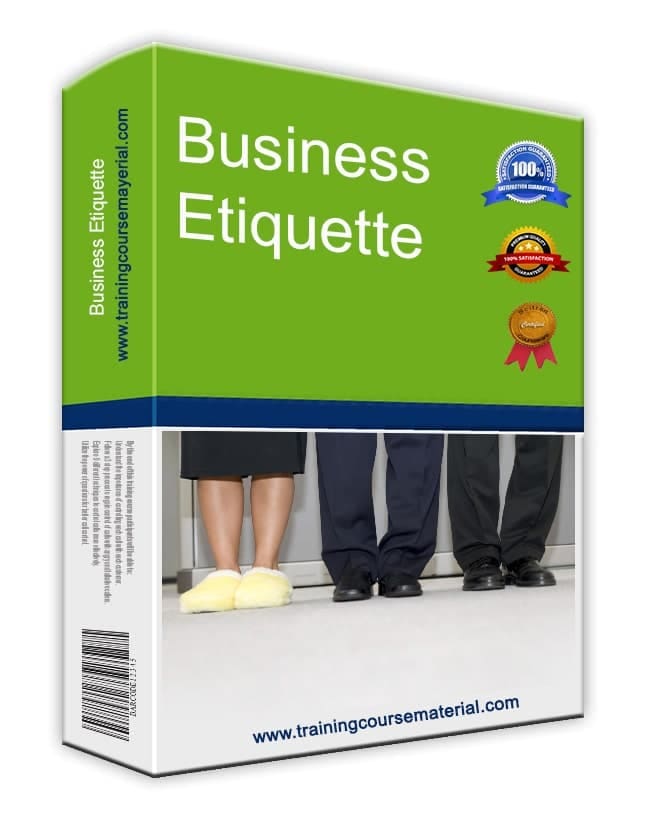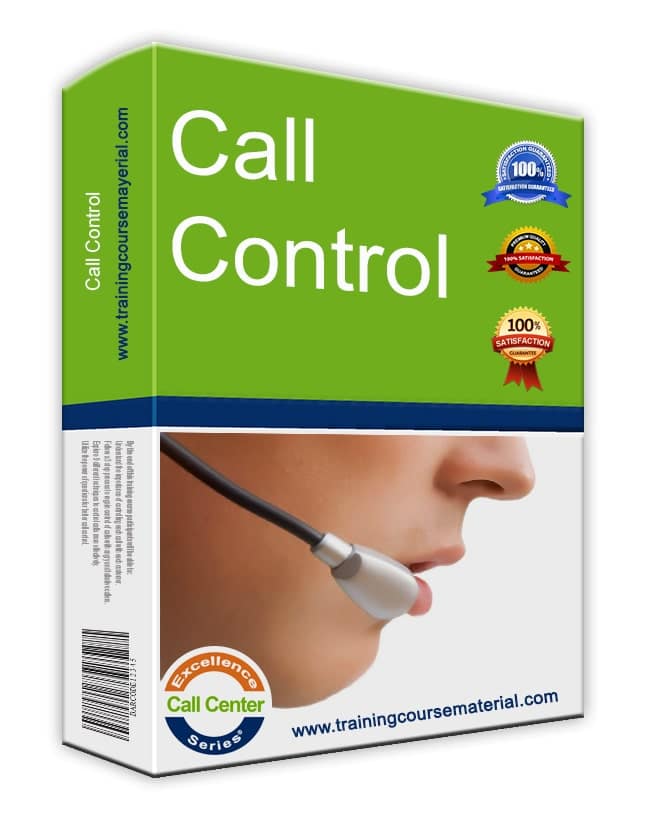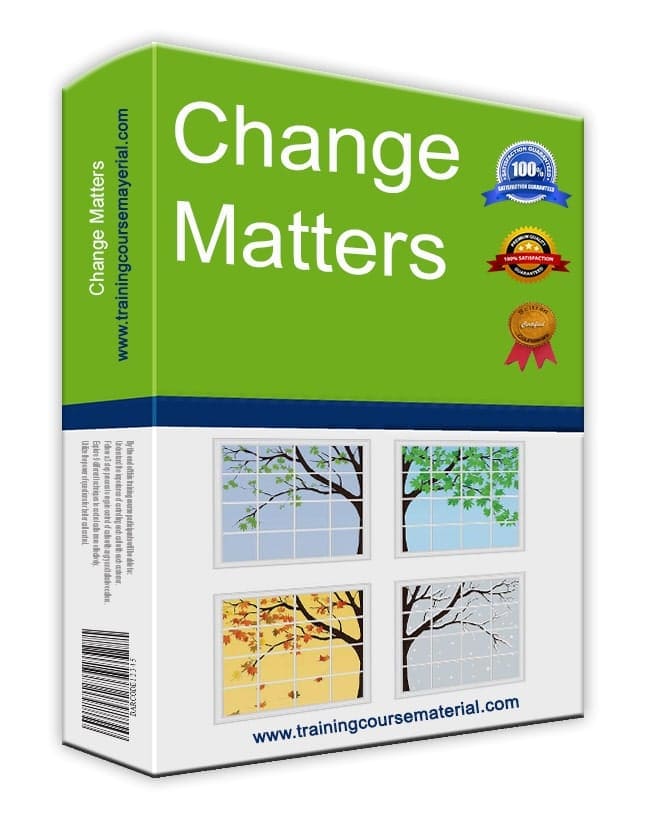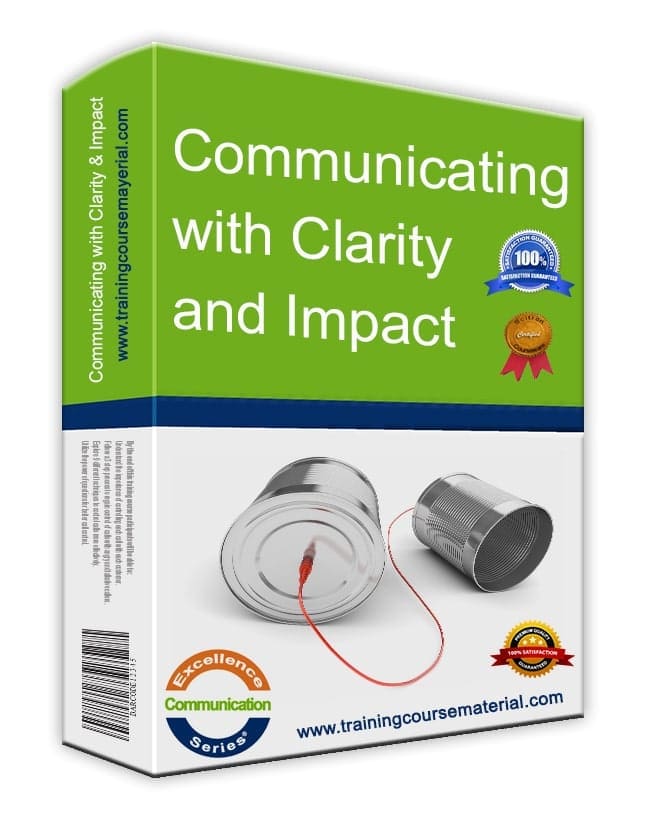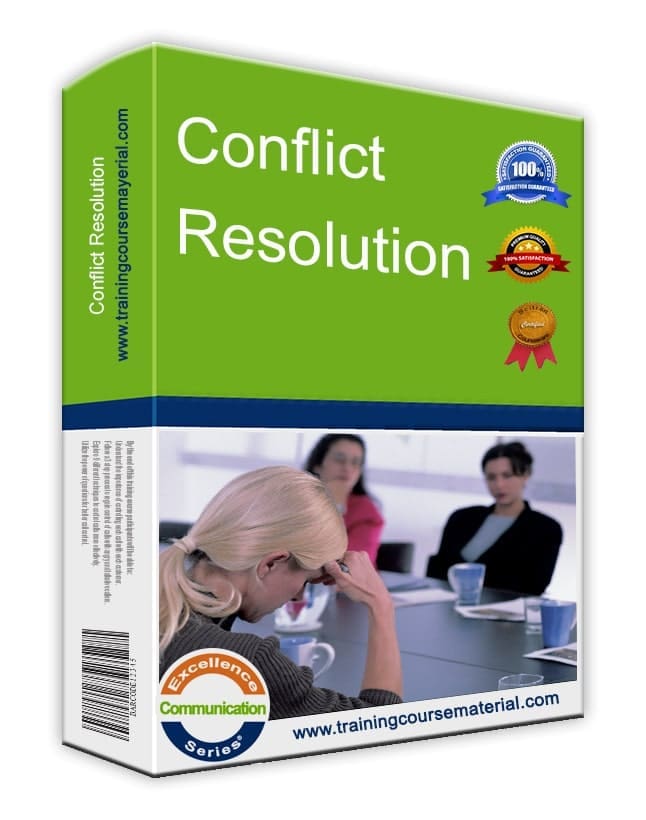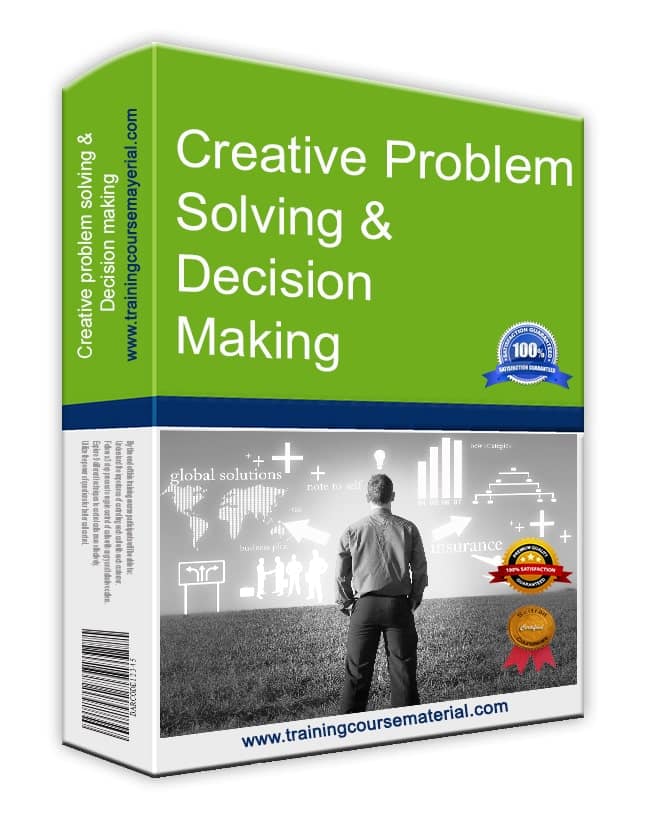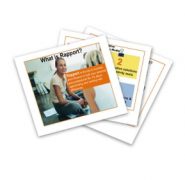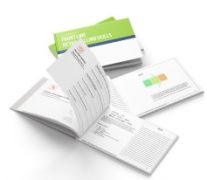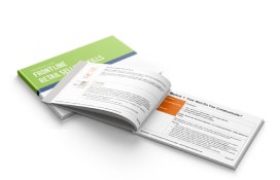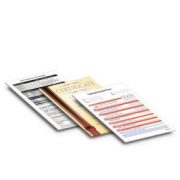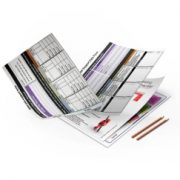How to Channel Your Anger Constructively
One of the most effective ways to manage anger is to channel it—redirecting the emotional energy into something useful. This approach doesn’t ignore or suppress the anger. Instead, it gives you a way to express and release it in a controlled, logical, and productive manner.
When done well, channeling anger not only protects your relationships and wellbeing—it can actually transform a tense moment into an opportunity for growth.
Assertiveness and Reflectiveness: Two Healthy Anger Styles
Assertiveness and reflectiveness are both considered healthy anger responses. They help you move through frustration without losing control—or suppressing your voice.
Assertiveness
Being assertive means expressing your needs or boundaries directly and respectfully. You don’t lash out. You don’t stay silent. You simply say, “This isn’t okay with me,” in a calm but firm tone.
In practice, assertiveness involves:
- Speaking up without blaming others
- Stating facts and how they affect you
- Requesting change rather than demanding it
Reflectiveness
Reflectiveness means stepping back before you respond. It’s about allowing yourself to feel the anger—but waiting until you’ve calmed down before you speak or act. During that pause, you try to understand what really triggered your emotion and what outcome you want.
This process might include:
- Journaling your thoughts
- Talking with a neutral friend or mentor
- Identifying patterns or repeated triggers
- Considering both your perspective and the other person’s
Reflectiveness isn’t passivity. It’s mindful restraint—giving yourself space to respond thoughtfully instead of impulsively.
Research supports this approach—according to the American Psychological Association, expressing anger constructively through assertiveness is more effective at reducing long-term stress than suppressing or lashing out impulsively.
One participant in our workshop shared how, after learning these techniques, she paused before responding to a heated email at work. Instead of firing back, she waited, reflected overnight, and replied calmly the next morning—turning a potential conflict into a productive discussion.
How we use this in training: In our anger management courses, we help participants practice assertiveness and reflectiveness through role-play, guided self-assessments, and personal trigger mapping. These exercises give people tools to recognize when anger shows up, pause before reacting, and express themselves constructively.
Frequently Asked Questions
Is it healthy to redirect anger?
Yes. Redirecting anger into assertive or reflective responses is a proven strategy for managing strong emotions without causing harm.
How do I know if I’m being assertive or aggressive?
Assertiveness respects both your needs and others’. If you're expressing frustration without blaming or attacking, you're being assertive. Aggression disregards the other person’s rights or feelings.
What if I need time before I can talk calmly?
That’s completely valid. Reflectiveness allows you to pause and revisit the situation later when you’re clearer and calmer. It’s often more effective than reacting immediately.
For more on Anger Management, check out our instant download Anger Management training material package.
Tools to Support This Topic
- Role Play Generator – Create realistic anger/conflict scenarios in seconds
- Emotional Intelligence Training Material – Use our customizable package to deliver a full workshop



